
Japanese food with Kyoto geisha. French wine tours. Oyster shucking in Tasmania – 5 culinary experiences to bring out your inner Anthony Bourdain
- The ultimate joy of travel is experiencing a place’s local food and ingredients. Here are five culinary itineraries in some of the most breathtaking locations
- From French culinary immersion in rural England to a food cruise in the Spice Islands, these experiences will broaden your horizons and tantalise your taste buds

We like to pretend it’s the culture, the history and the sights. But the ultimate joy of travel for many – perhaps the majority – comes from something that brings together all three, and then some: the food.
These five beguiling locations promise culinary experiences that let you channel your inner Anthony Bourdain, Nadiya Hussain or Stanley Tucci – namely travelling where food is the perfect mirror on your destination.
From cooking classes to produce immersion, from the steamy Spice Islands to rural England, these escapes guarantee cultural insights, picture-perfect settings – and plenty of taste.
Oyster masterclass, Tasmania, Australia

We start with an oyster immersion on the rugged, windswept but stunning east coast of Tasmania.
Freycinet National Park sits a picturesque two-hour drive from both of the island state’s key towns – and airports – Hobart and Launceston. At the park’s gateway stands Saffire Freycinet, a boutique resort of just 20 suites, all of which boast epic views over The Hazards mountain range and Great Oyster Bay.
The bay is home to the Freycinet Marine Farm, which works with the Saffire resort to provide an experience for guests that sees them don fetching rubber waders and boots before heading into the knee-deep waters where the sought-after bivalves are grown.
A guide begins by explaining the unique local terroir, a wetland of international significance that is home to whales, dolphins and Australian fur seals.
Next guests learn about the life cycle of the farm’s award-winning oysters, before a selection are plucked from the chilly waters in front of them.
The oysters are presented on a spotless white tablecloth, before a shucking masterclass ensues, the host making opening them look all too easy.
When she does, let’s just call it an oyster epiphany. No oyster could ever taste the same, these still dripping with seawater, as the salty winds add to the experience.
For once, adding Tabasco, wasabi or even lemon would seem like sacrilege. These specimens are clearly best enjoyed as God intended – along with a bottle of crisp local white wine.
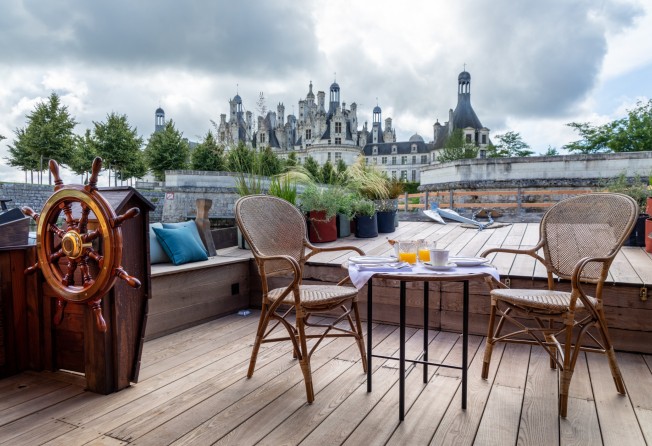
Vines and vegetables in the Garden of France
In the bucolic Loire Valley, the chateau of Chambord is a monument to the glory of Francis I (1494-1547), an unmatched emblem of the French Renaissance.
The Unesco World Heritage site dates from 1519 and features a double helix staircase inspired by Leonardo da Vinci, an interior element designed to wow visiting dignitaries. Modern visitors passing through this unique architectural jewel walk in the footsteps of Napoleon and Molière.

They can also now stay the night in the Relais de Chambord, the only accommodation on the 5,440-hectare (21 square mile) estate. The hotel building was formerly the king’s stable, today restored into an elegant, contemporary space in which cuisine is, unsurprisingly, a key draw.
A number of experiences are on offer that let visitors discover why the Loire Valley is known as the Garden of France, including a visit to the hotel’s own extensive vegetable gardens.
Chef Rita Silva accompanies guests, leading walks along rows of vegetables, fruits, herbs and more, explaining permaculture and sharing tips on growing, harvesting and cooking.

She then shows how to craft the produce during a personal cooking lesson in the hotel kitchen, before guests get to taste the fruit of their labours at Le Grand Saint-Michel, the Relais de Chambord’s Michelin-recognised restaurant.
Another paired culinary discovery involves a visit to Chambord’s vineyards and wine cellars accompanied by the hotel’s sommelier. New vines were planted in 2015, including four hectares of romorantin, Francis I’s favourite grape variety.
Oenophilic history lesson over, the visit finishes with a wine tasting.
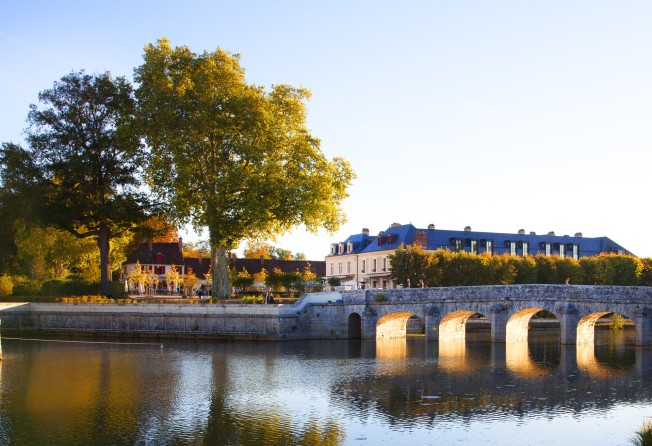
A private geisha meal in Kyoto
As a country famed for the quality and provenance of its produce – ingredients that are sought after by chefs all over the world – Japan has a wealth of food experiences to tempt the curious, gastronomically inclined traveller.
Few properties are as gently atmospheric as the Four Seasons Hotel Kyoto, in the city’s elegant and scenic Higashiyama temple district. The hotel is set around an 800-year-old shakusui-en, or pond garden, the perfect setting in which to take part in a traditional teamaking ceremony – kimonos optional.
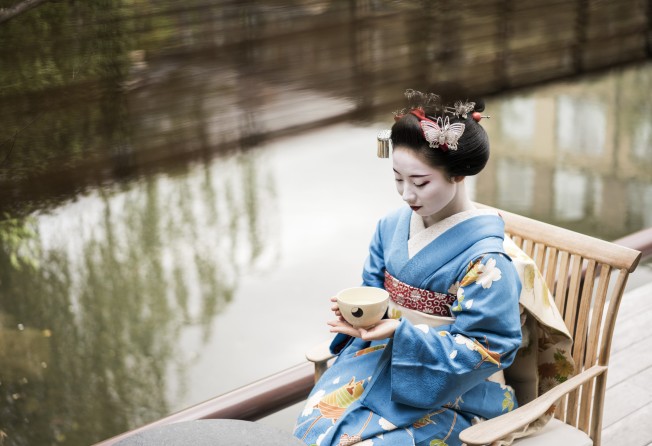
Two further culinary experiences allow guests to enhance their stay. The first lets you discover local food artisans who have been in business for decades – and in some cases centuries – on a guided visit to producers of tofu, fish flakes, white miso and pickles, as served at the hotel’s breakfast.
But the best is saved for last, with rare access to a maiko or geiko – a geisha – who can host a private entertainment session over food and drink.
In Kyoto, that means a multi-course kaiseki dinner accompanied by performances on a shamisen, a traditional three-stringed instrument, and even old-school drinking games, for those up to the challenge.
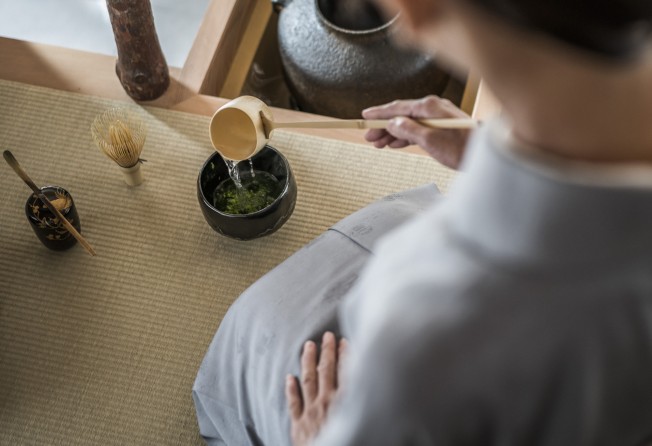
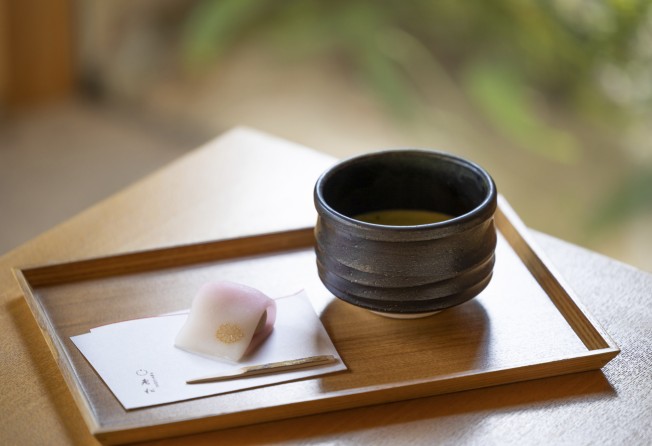
Culinary cruise through the Spice Islands
A week-long culinary discovery is the draw in Indonesia’s remote Spice Islands, as Australian consulting chef Benjamin Cross – who cooked in Hong Kong, at Test Kitchen, and runs restaurants in Bali – leads an exploration of local ingredients, techniques and culture.
Your temporary home is the 15-suite yacht Aqua Blu, a former British Navy explorer called HMS Beagle that has been redesigned to incorporate everything the luxury mariner could need out on the ocean waves.

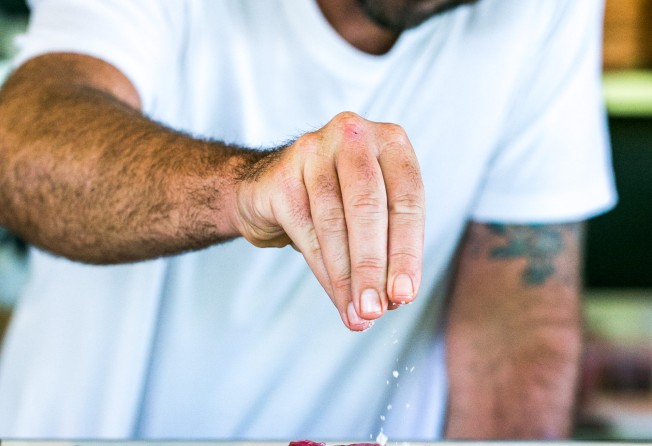
The round-trip itinerary from Ambon includes a visit to the world’s oldest nutmeg plantation. Everything you’d want to know about the pungent, warm spice is revealed as you follow in the footsteps of explorers such as Columbus and Magellan.
Then, when you’re not snorkelling amid the remarkable biodiversity of the local waters, there are market tours featuring vibrant mounds of chillies, herbs and more, as well as visits to humble eateries.
Food by Cross is served family-style back on board, including a beef short rib rendang cooked for 48 hours, the classic Balinese suckling pig with a bumbu Bali spice mix and organic Javanese prawns marinated in lime and infused oils.
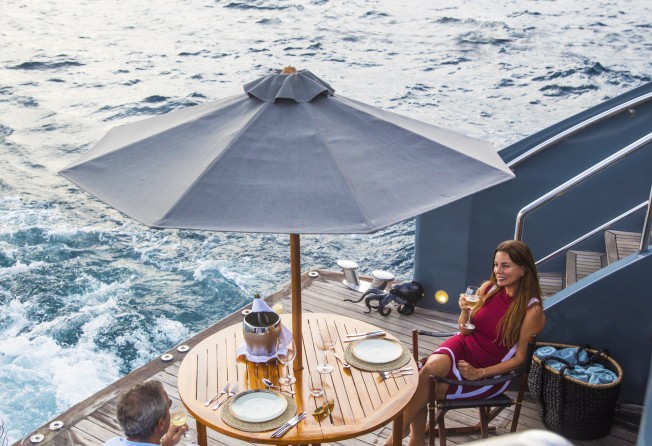

The chef also demonstrates recipes including sweetcorn fritters and seared barramundi with sambal dabu-dabu, a fiery sauce from Manado, in North Sulawesi, letting you take your Indonesian culinary immersion back home with you.
A French culinary immersion … in rural Oxfordshire
Finally we head to the picture-postcard village of Great Milton, in England’s Oxfordshire, where the sublime, honey-coloured Le Manoir aux Quat’Saisons, A Belmond Hotel, remains the proud baby of one of Britain’s favourite Frenchmen, chef Raymond Blanc, OBE.
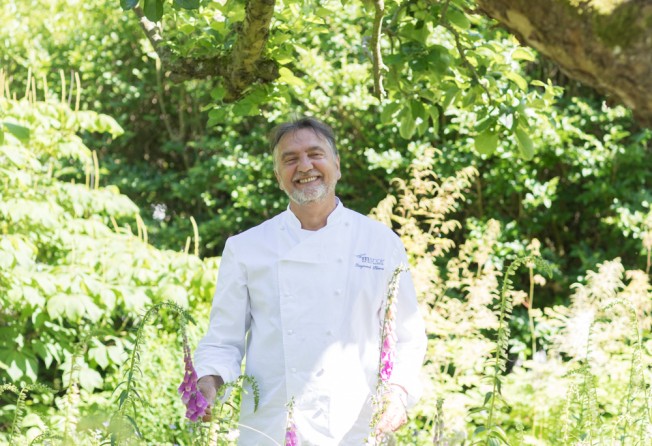
Beginning in 1984, Blanc has turned the 15th century manor house into a 32-room hotel along with a restaurant that has held two Michelin stars for an astonishing 38 years.
That critical acclaim comes thanks in part to Le Manoir’s one-hectare garden, in which are grown more than 90 types of vegetables and 70 varieties of herbs; orchards with 800 fruit trees; and even a “mushroom valley” featuring multiple fungi.
The bounty not only ensures the kitchen has a constant supply of inspiration and innovation but also enables students at the on-site cooking school to play with the finest ingredients.
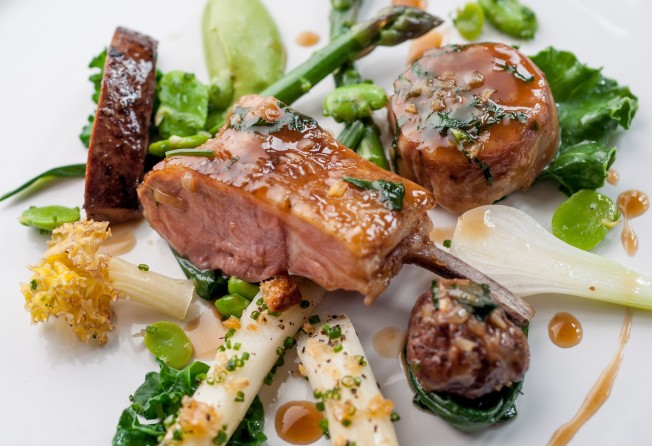
Themed, seasonally driven classes cover more than 40 subjects and include “Chocolate Heaven”, patisserie or dinner party courses, all held in the Michelin-starred kitchen. No pressure, then!
Available as both residential and non-residential for participants of all ages, courses last from a half-day upwards and promise to impart tricks of the trade and hands-on tuition from some of the finest chefs in French cuisine.
Although a visit from Blanc is not guaranteed, there’s a chance the boundlessly energetic 72-year-old will pop in to impart some wisdom – or proudly dig up a vegetable from his magnificent gardens and implore you to eat it on the spot.
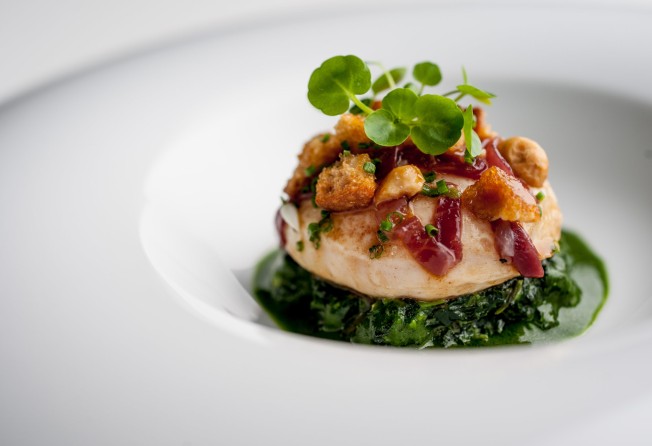
Indeed, for those with green fingers, gardening tuition offers another chance to up your culinary game.
Whether you have a balcony, an allotment or an acre, opportunities to let your botanical skills bloom include classes on micro herbs and edible flowers, growing your own vegetables and designing kitchen gardens. Le Manoir’s gardeners are also on hand to answer pressing horticultural questions, leaving you to grow your way to further culinary success.